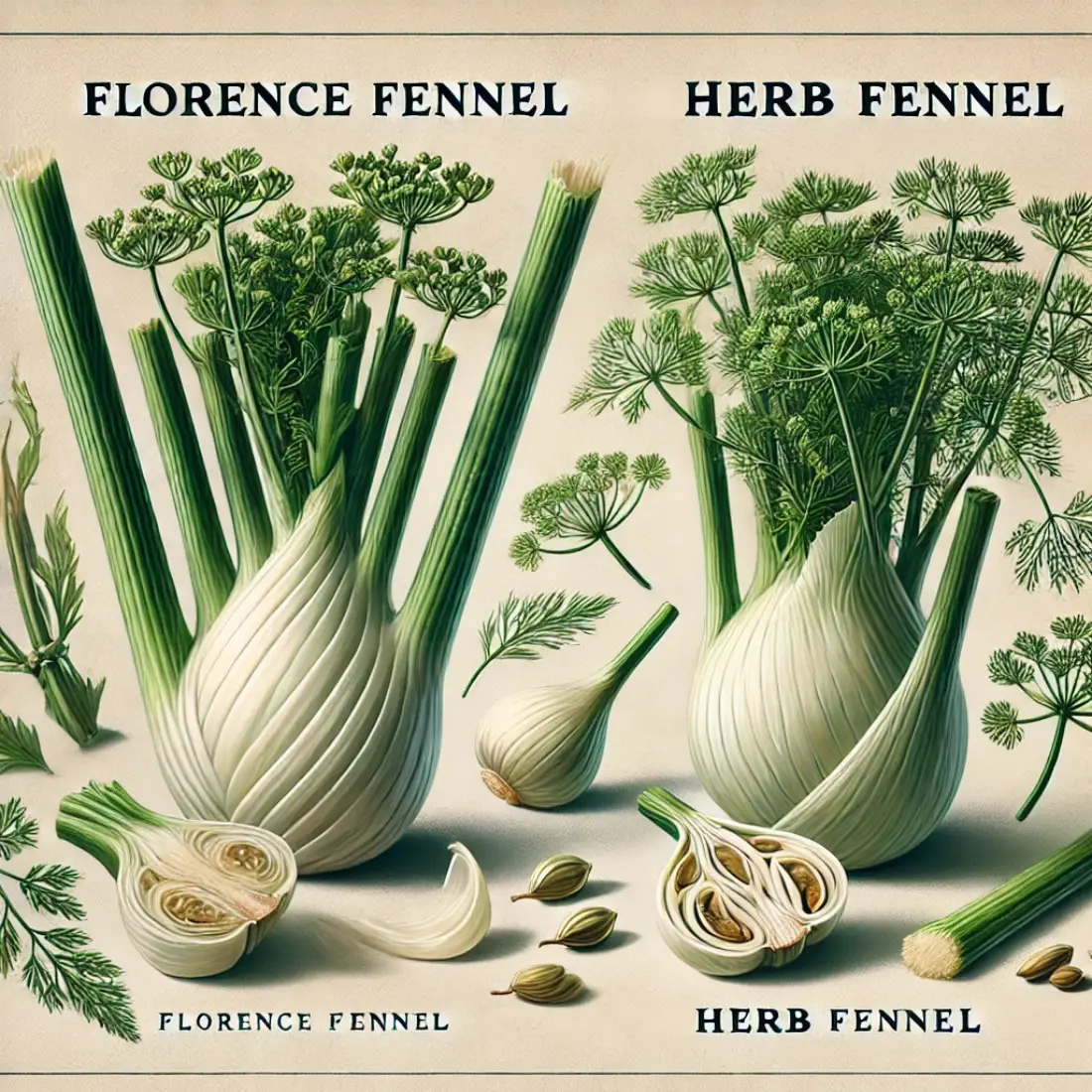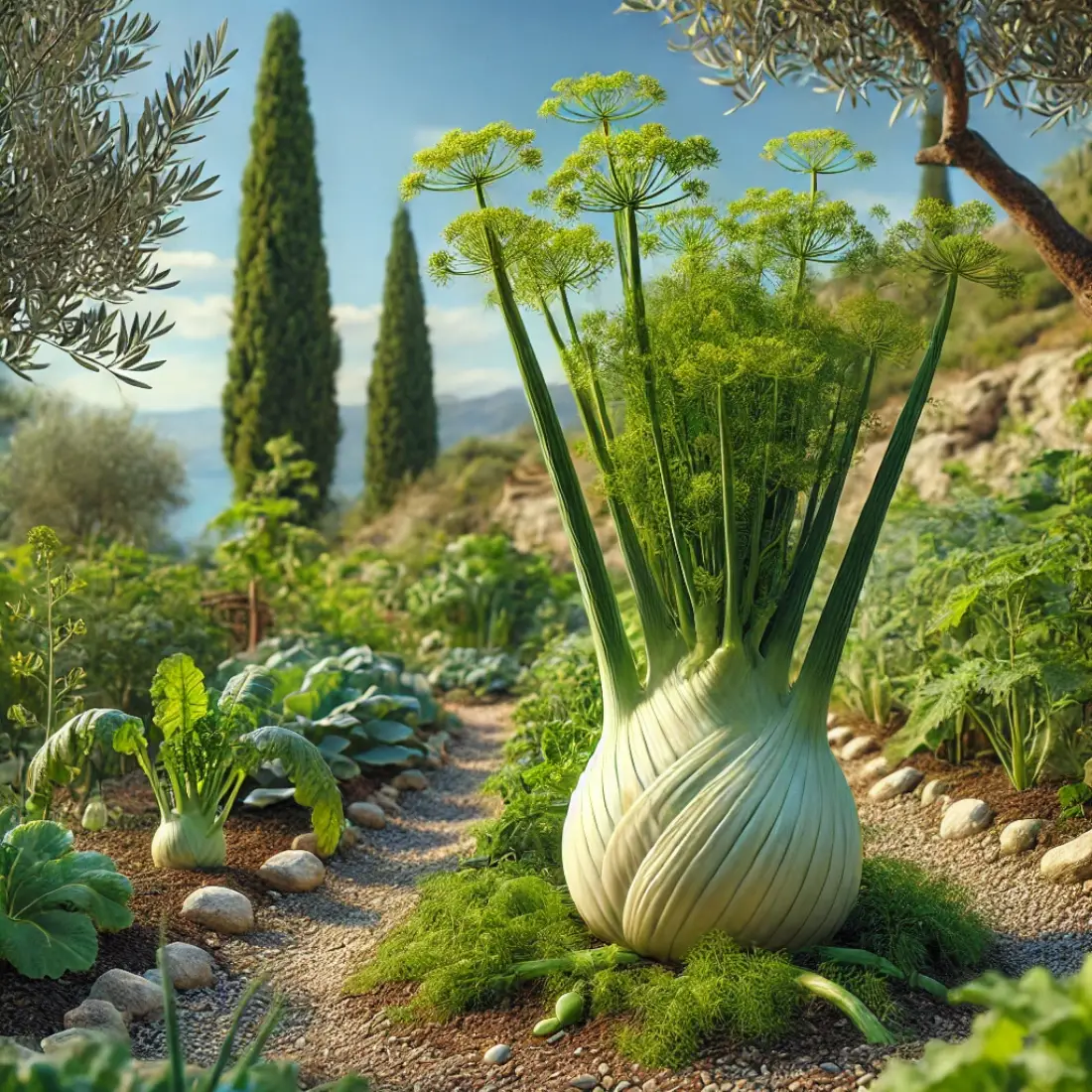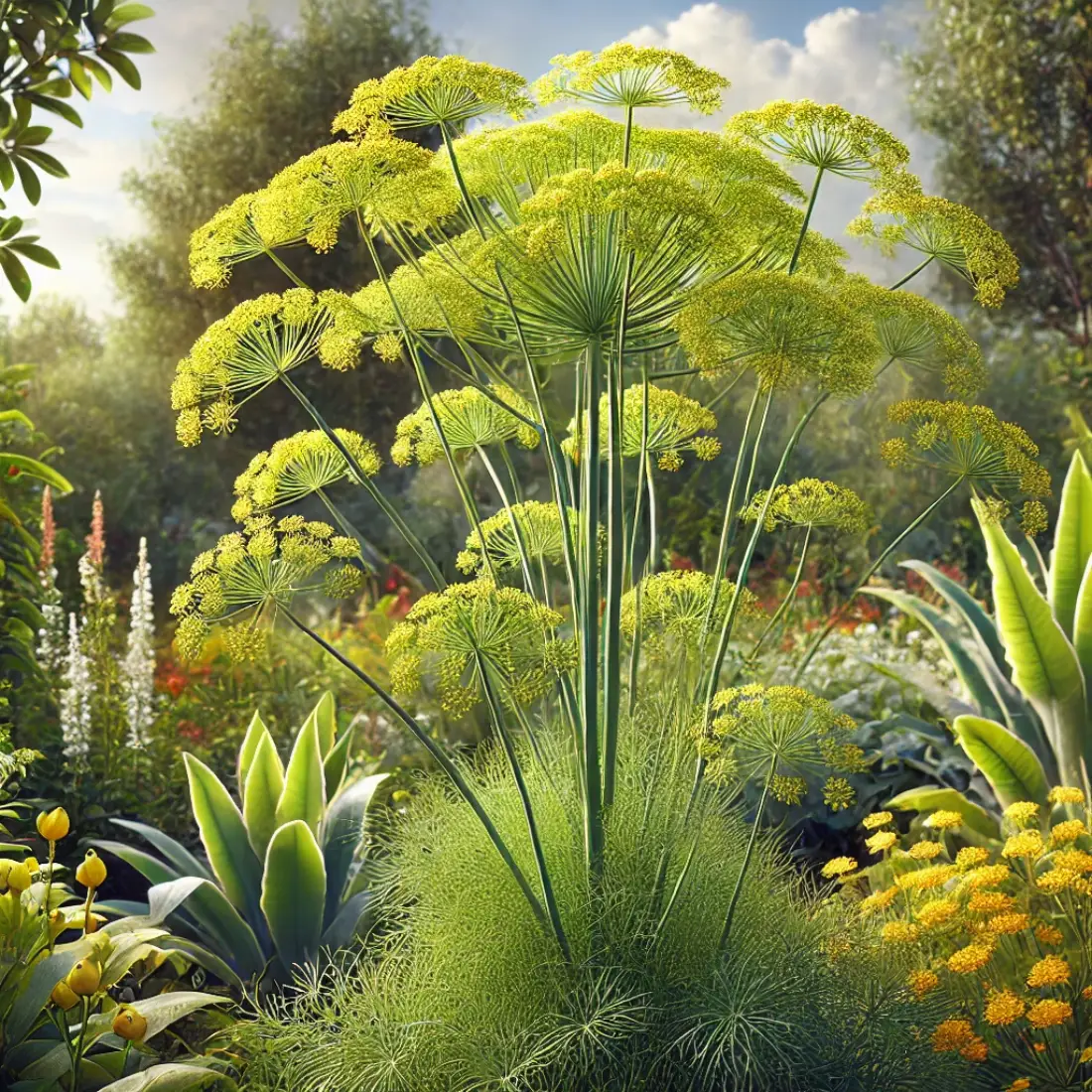Fennel (Foeniculum vulgare) is a flowering plant species in the carrot family. It is indigenous to the shores of the Mediterranean but has become widely naturalized in many parts of the world. There are two main types of fennel: Florence fennel, grown for its bulb, and Herb fennel, cultivated for its leaves and seeds.
- Nutritional Benefits: Fennel is rich in vitamins A, C, and K, as well as fiber and potassium.
- Culinary Uses: Both the bulb and fronds can be used in salads, soups, and as a garnish.
- Medicinal Properties: Fennel has been used traditionally to aid digestion, relieve bloating, and improve appetite.
Preparing to Grow Fennel
- Florence Fennel: Ideal for those who want to harvest the bulb.
- Herb Fennel: Perfect for those interested in using the leaves and seeds.
Fennel thrives in full sun and well-drained soil with a pH between 6.0 and 7.0. It prefers a cooler growing season but can adapt to various climates.
Choose a location with ample sunlight. Fennel can grow well alongside dill and coriander but should not be planted near beans, tomatoes, or kohlrabi.

Planting Fennel
Starting from Seeds
- Seed Selection and Treatment: Use fresh seeds for the best germination rates.
- Indoor Seed Starting vs. Direct Sowing: Start seeds indoors 4-6 weeks before the last frost, or sow directly into the garden once the soil warms up.
Transplanting Seedlings
- When and How to Transplant: Transplant seedlings when they are 3-4 inches tall, spacing them 12-18 inches apart.
- Spacing and Depth Guidelines: Plant seedlings at the same depth they were in their pots to prevent root disturbance.
Plant fennel in early spring or late summer for a fall harvest. In warmer climates, it can be planted in the winter months.
Caring for Fennel
Watering and Fertilizing
- Optimal Watering Schedule: Keep the soil consistently moist but not waterlogged.
- Types of Fertilizers and Application Methods: Use a balanced organic fertilizer to enrich the soil.
Mulching and Weeding
- Benefits of Mulching: Helps retain soil moisture and suppress weeds.
- Effective Weeding Techniques: Regularly remove weeds to prevent competition for nutrients and water.
Pruning and Harvesting
- When and How to Prune Fennel: Prune flower stalks to encourage bulb growth.
- Signs of Readiness for Harvest: Harvest bulbs when they are the size of a tennis ball.
- Harvesting Methods for Bulbs, Fronds, and Seeds: Cut bulbs at the base, trim fronds as needed, and collect seeds once they turn brown.
Growing Fennel Indoors
Growing fennel indoors allows you to enjoy this versatile herb year-round. Whether for culinary, medicinal, or ornamental purposes, indoor fennel gardening ensures you have fresh herbs at your fingertips, regardless of outdoor conditions.
Benefits of Growing Fennel Indoors
Indoor fennel gardening provides a continuous harvest, a controlled environment, and is perfect for small living spaces or urban settings. Fennel needs at least six hours of direct sunlight daily, if natural light is insufficient, supplement with grow lights. It prefers temperatures between 60-70°F and moderate humidity levels.
Preparing and Planting
Choose the right variety: Florence fennel for bulbs or herb fennel for leaves and seeds. Use deep pots (at least 12 inches) with drainage holes and well-draining potting mix enriched with organic matter. Place pots near a south-facing window or under grow lights. Use full-spectrum grow lights for 12-16 hours daily if necessary.
Start with fresh, high-quality seeds, soaking them in water for a few hours before planting to enhance germination. Plant seeds 1/4 inch deep, spacing them 4-6 inches apart. Thin seedlings to one plant per pot once they reach 2-3 inches in height.
Care and Maintenance
Keep the soil consistently moist but not waterlogged, watering when the top inch of soil feels dry. Use an organic liquid fertilizer every 4-6 weeks.
Remove flower stalks to encourage bulb growth and regularly trim fronds to promote bushier growth. Harvest bulbs when they are firm and the size of a tennis ball, and cut fronds as needed for culinary use.
Common Problems and Solutions
Common Pests
Aphids: Tiny insects that suck sap from fennel leaves, causing them to curl and yellow.
- Solution: Use insecticidal soap or introduce beneficial insects like ladybugs.
Slugs and Snails: These pests feed on fennel leaves, leaving large holes.
- Solution: Use copper tape around plants, or place beer traps to attract and drown them.
Common Diseases
Fungal Diseases: Fennel is susceptible to powdery mildew and root rot.
- Solution: Ensure proper spacing for air circulation and avoid overwatering. Use a fungicide if necessary.
Downy Mildew: Causes yellow spots on leaves.
- Solution: Improve air circulation and apply organic fungicides.
Troubleshooting Growth Issues
Yellowing Leaves
- Cause: Overwatering or nutrient deficiency.
- Solution: Check soil drainage and reduce watering. Apply a balanced organic fertilizer.
Poor Bulb Development
- Cause: Insufficient sunlight or overcrowding.
- Solution: Ensure fennel plants receive at least 6 hours of sunlight daily. Thin out plants to allow enough space for bulb formation.
Bolting (Premature Flowering)
- Cause: High temperatures or stress.
- Solution: Plant fennel at the right time of year to avoid hot weather, and keep soil consistently moist.
FAQs: Growing Fennel
How much light does fennel need to grow?
Fennel requires at least six hours of direct sunlight daily. For indoor growing, supplement with full-spectrum grow lights if natural light is insufficient.
What is the best soil for growing fennel?
Fennel thrives in well-draining soil enriched with organic matter. The ideal soil pH range is between 6.0 and 7.0.
How often should I water fennel plants?
Keep the soil consistently moist but not waterlogged. Water when the top inch of soil feels dry, which is typically every few days depending on the climate and humidity.
Can fennel be grown in containers?
Yes, fennel can be grown in containers. Use deep pots (at least 12 inches) with good drainage to accommodate the taproot.
When is the best time to plant fennel outdoors?
Plant fennel in early spring or late summer for a fall harvest. In warmer climates, fennel can be planted in the winter.
How do I prevent fennel from bolting?
To prevent bolting, plant fennel at the right time of year to avoid high temperatures and ensure the soil remains consistently moist.
What are common pests that affect fennel and how can I control them?
Common pests include aphids, slugs, and spider mites. Control these by using insecticidal soap, neem oil, or introducing beneficial insects like ladybugs.
How do I harvest fennel bulbs and fronds?
Harvest fennel bulbs when they are firm and the size of a tennis ball. Cut the fronds as needed for culinary use, and regularly prune flower stalks to promote bulb growth.
Can I grow fennel from seeds indoors?
Yes, start with fresh, high-quality seeds. Soak seeds in water for a few hours before planting to enhance germination. Plant seeds 1/4 inch deep in pots and thin seedlings to one plant per pot once they reach 2-3 inches in height.
How do I fertilize fennel plants?
Use an organic liquid fertilizer every 4-6 weeks. Avoid over-fertilizing, which can lead to excessive leaf growth and poor bulb development.










